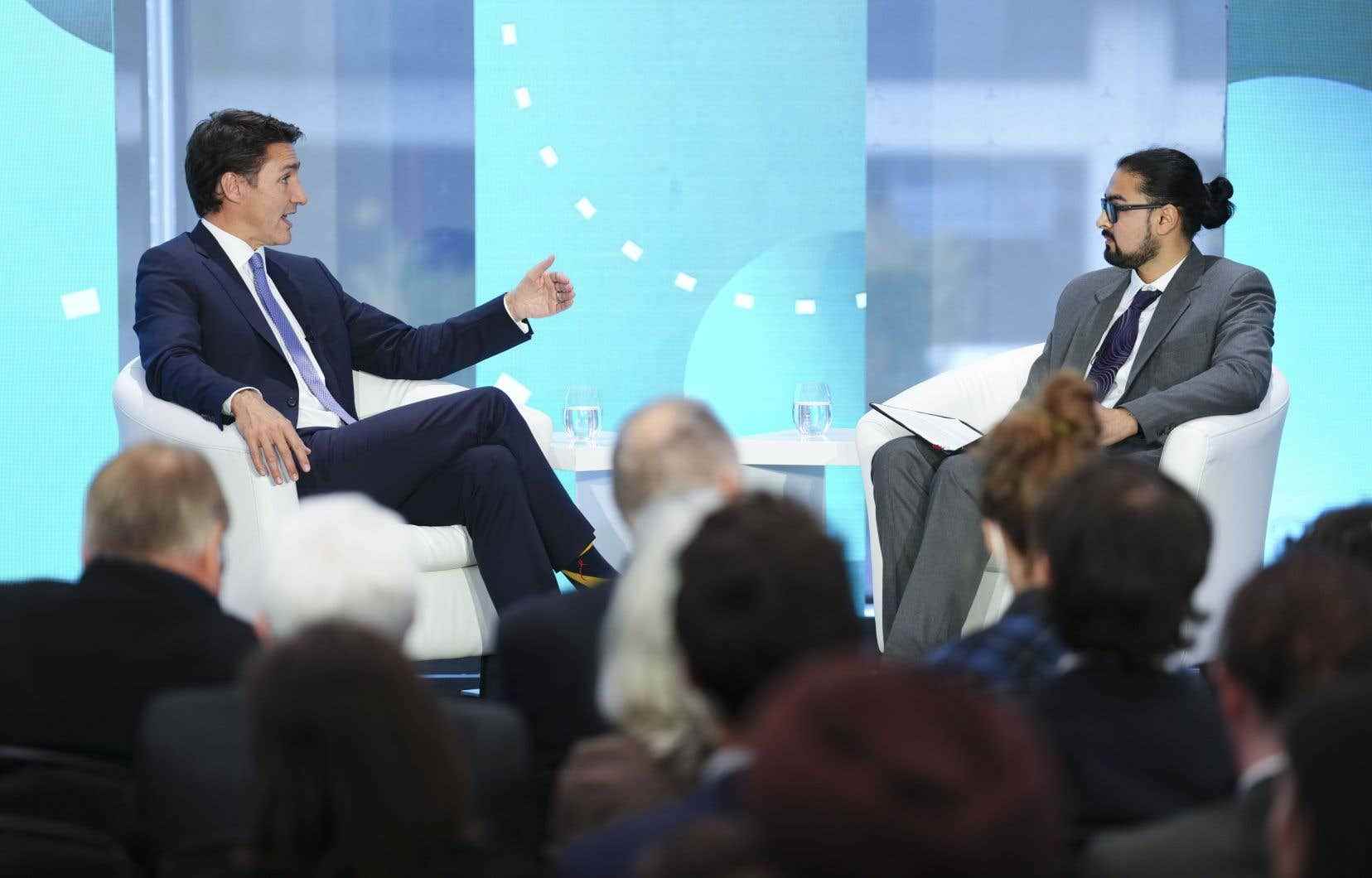Prime Minister Justin Trudeau says Canada will meet its most recent GHG emissions reduction target this time around, because for the first time, that target comes with a plan that actually shows the path to success.
Since 1988, Canada has set itself eight different climate goals: so far, it has never come close to achieving a single one.
The next target is set for 2030 and requires Canada to reduce its emissions to between 55% and 60% of what they were in 2005. This is a more ambitious version of a previous target than the Trudeau government was fixed when it came to power.
Based on emissions levels in 2020, meeting the new target would mean reducing around 23 million tonnes of emissions per year, on average. This is equivalent to taking five million cars off the road every 12 months until the end of the decade.
During a question-and-answer session at a conference on carbon neutrality in Ottawa, the prime minister did not specify when Canadians would see substantial reductions in greenhouse gas emissions. (GHG) in the country.
Trudeau argued Tuesday that he can guarantee that target will be met because this time there is a specific plan to achieve it. He cited national carbon pricing and a cap on emissions from the oil and gas sector.
“All the other plans were goal-based,” Trudeau said. Any politician can propose a goal. Can you actually come up with a plan to achieve this? »
The Liberals’ first climate plan, in 2016, set a course for their original 2030 goal, but never included enough initiatives to get there.
Justin Trudeau said Canada’s emissions reduction plan, released in March, provides a roadmap to the new target set last year.
For the first time, the plan outlines the emissions that must be eliminated to meet the 2030 target, sector by sector, and outlines some ways to get there — but not always.
Too ambitious, according to the oil industry
The oil and gas sector will have to cap emissions at current levels and then reduce them by 38% by 2030. The details of this cap are being worked out, with more details expected next year.
A new tax credit to help oil and gas producers install carbon capture and storage systems will be one of the most important measures to help the sector achieve its goals. But the industry has made it clear that it thinks the government’s timetable is too ambitious.
Transport must reduce its emissions by 11%, mainly by replacing gasoline vehicles with electric versions.
The power grid, which is already around 80% clean, still needs to reduce emissions by 88%, much of which will come from closing coal-fired power plants and installing carbon capture systems on plants gas.
But Natural Resources Minister Jonathan Wilkinson told the conference on Tuesday that to meet its climate goals, Canada must also double or triple the electricity we produce. And to do that, he says, the government is going to have to invest a lot more in renewable energy.
“It’s going to have to be on a much larger scale for us to move forward,” he said.
Trudeau would not set a timeline for when Canada will begin to see a significant drop in greenhouse gas emissions by 2030.
Between 2015, when the Liberals came to power, and 2019, emissions increased by about 0.7%. In 2020, when COVID-19 shut down large swaths of the economy for weeks, emissions finally saw a sharp decline, a 9% decrease from 2019.
The 2021 numbers are expected to pick up, given that the economy was much more open.
Skepticism of Mr. Trudeau’s climate guarantee is endemic among his political opponents. Conservative Leader Pierre Poilievre pointed out during Question Period on Tuesday that “the Liberals haven’t hit a single climate target since coming to power.”
He promised to cut the price of carbon and said Mr Trudeau was a hypocrite for charging ‘little old women’ extra to heat their homes in the winter while he traveled the world on vacation.
